

Here’s Why You Should Throw Out Your Scale
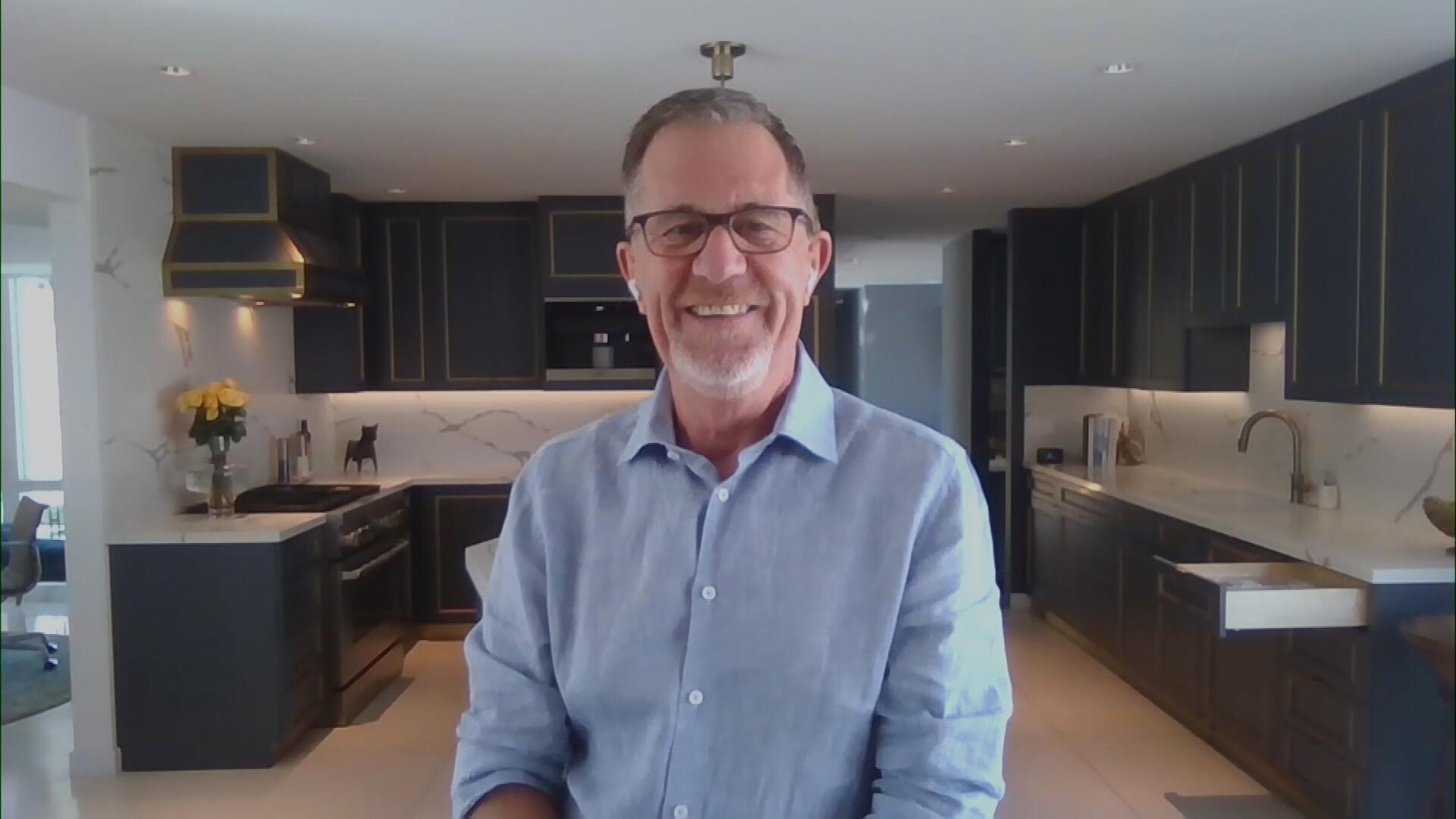
Q&A with Organizational Pro Peter Walsh + Dermatologist Shares A…
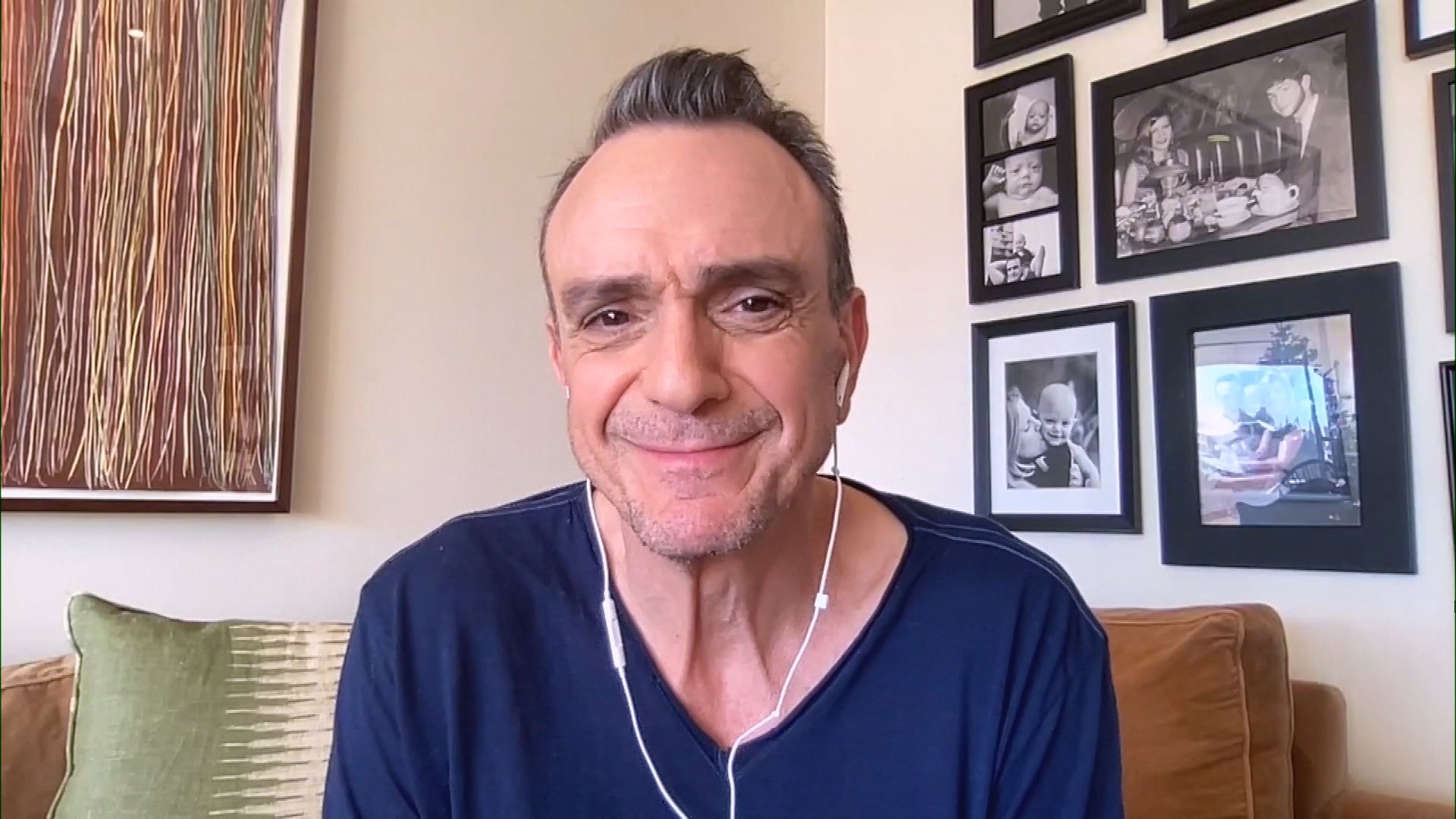
Actor Hank Azaria + Freezer Meals + Artichokes 2 Ways with Rach
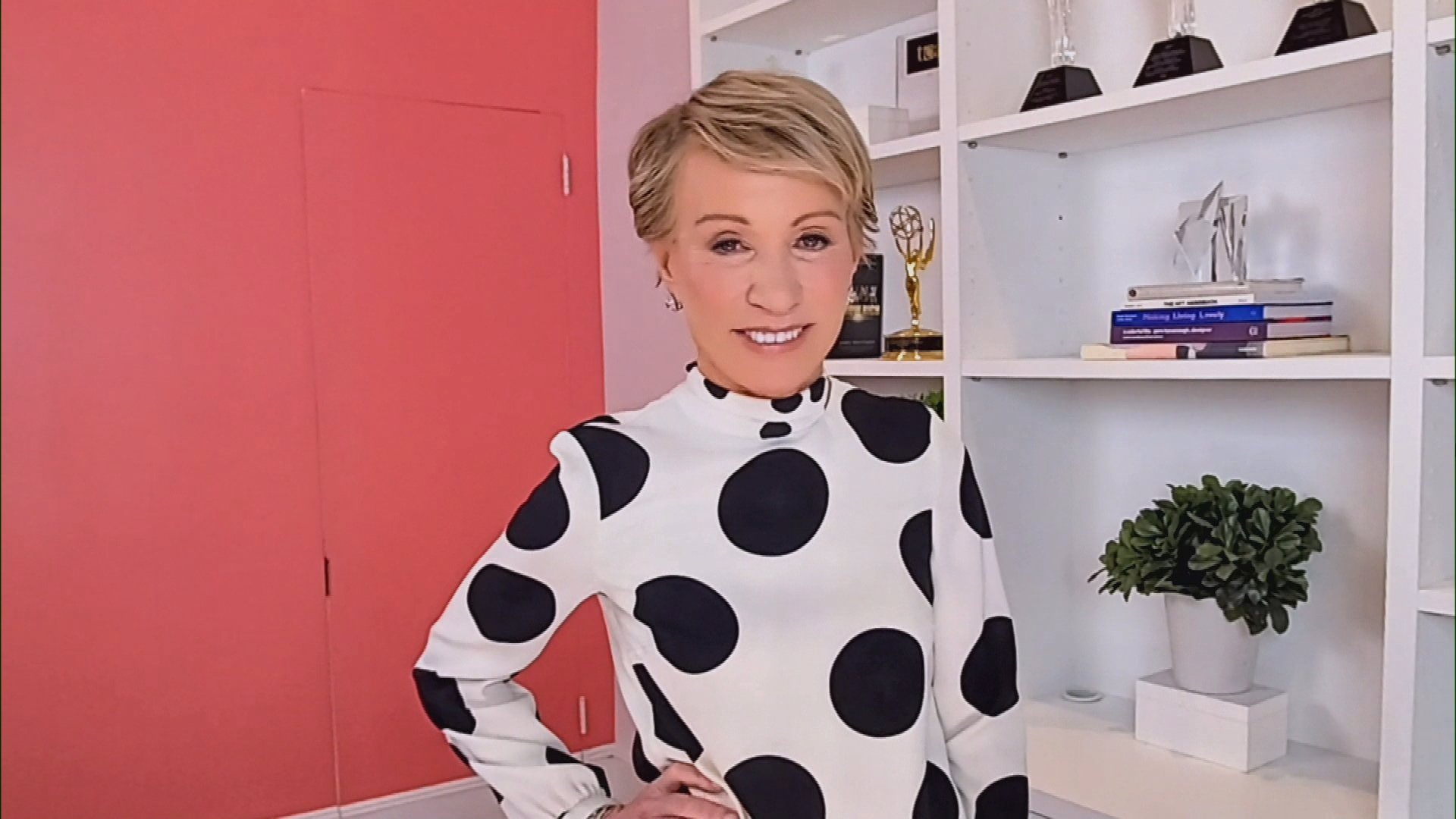
See Inside Barbara Corcoran's Stunning NY Apartment + It's Steak…
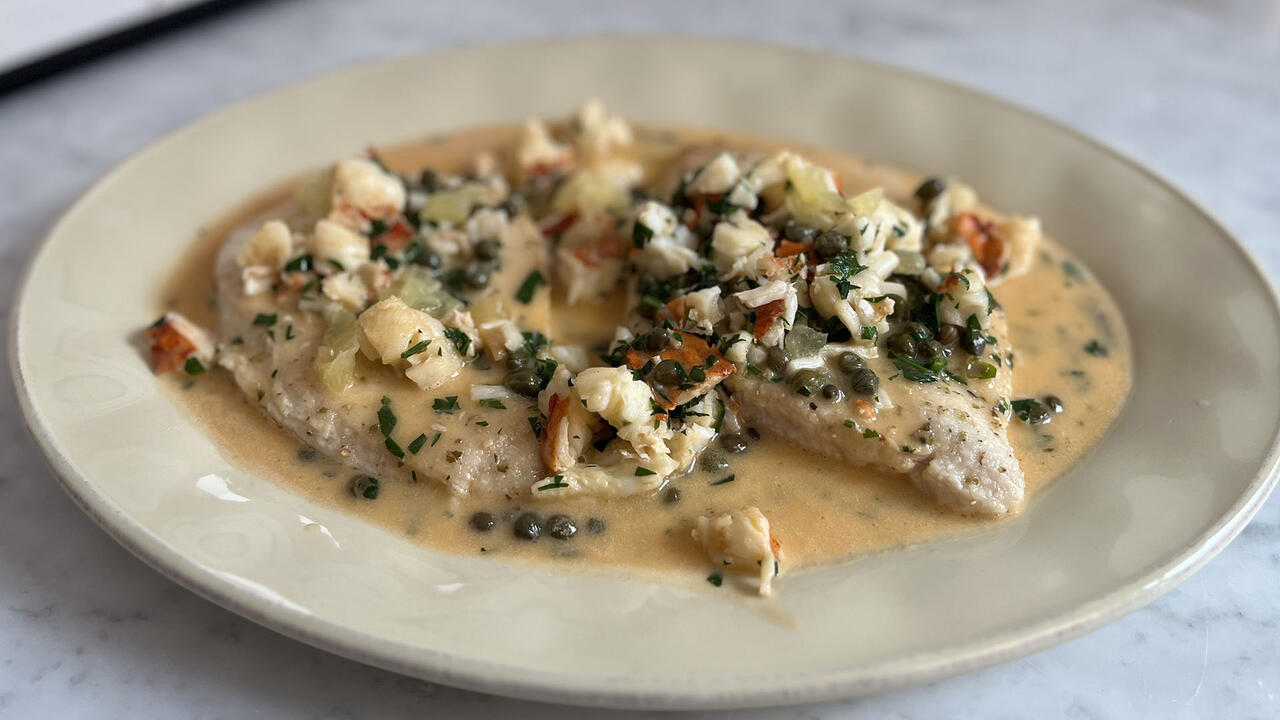
How to Make Chicken and Lobster Piccata | Richard Blais
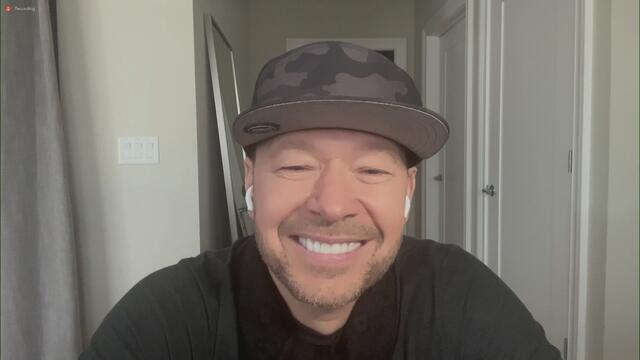
Donnie Wahlberg Spills Details About NKOTB's First Ever Conventi…
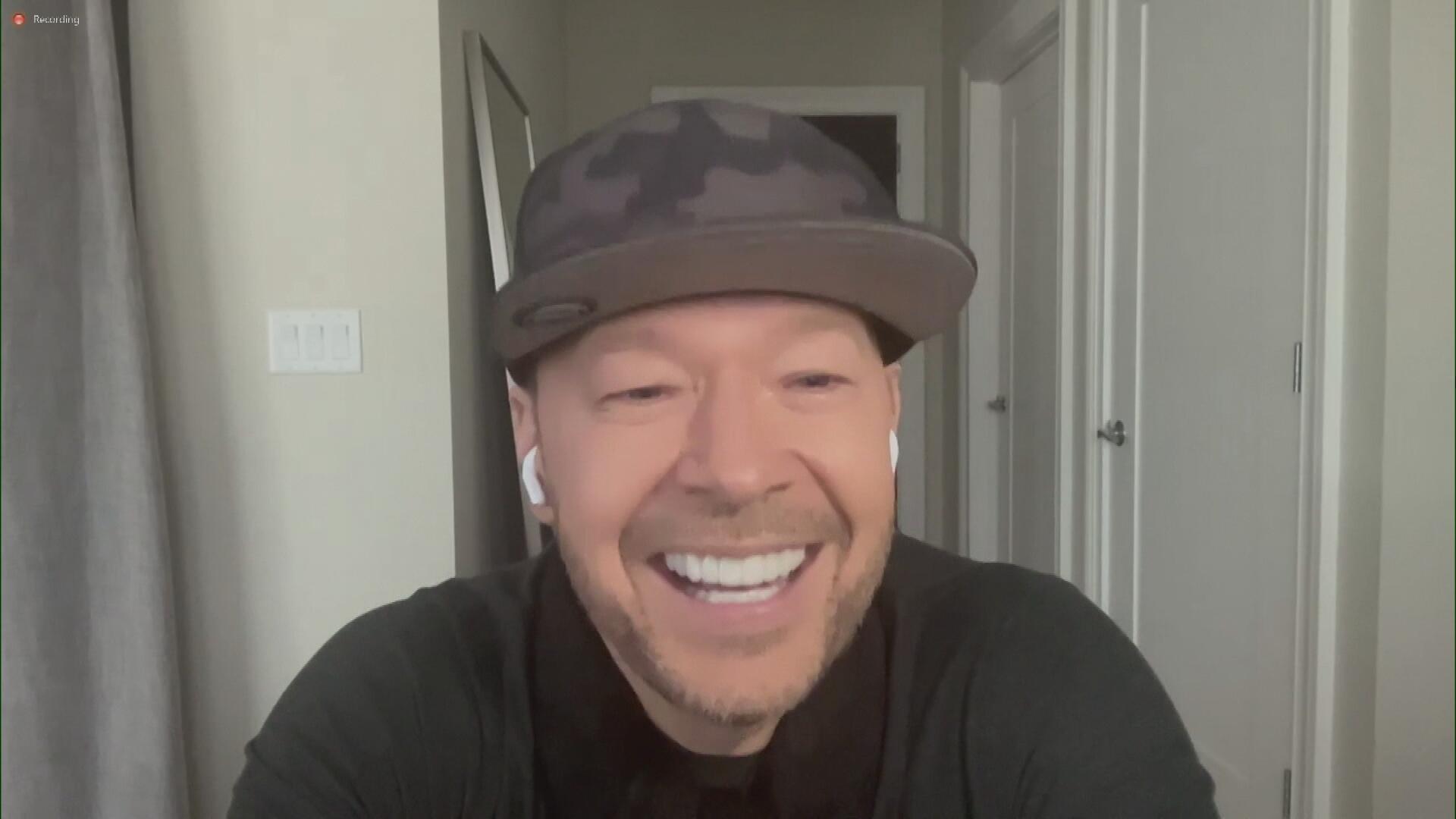
Donnie Wahlberg + Jenny McCarthy Say Rach Is Such a "Joy" + Look…

The Best Moments From 17 Seasons of the Show Will Make You Laugh…

How to Make Crabby Carbonara | Rachael Ray
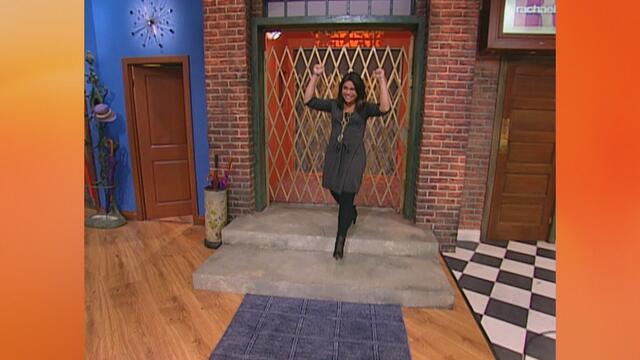
Rach Chats "Firsts" In Flashback From Our First Episode Ever In …
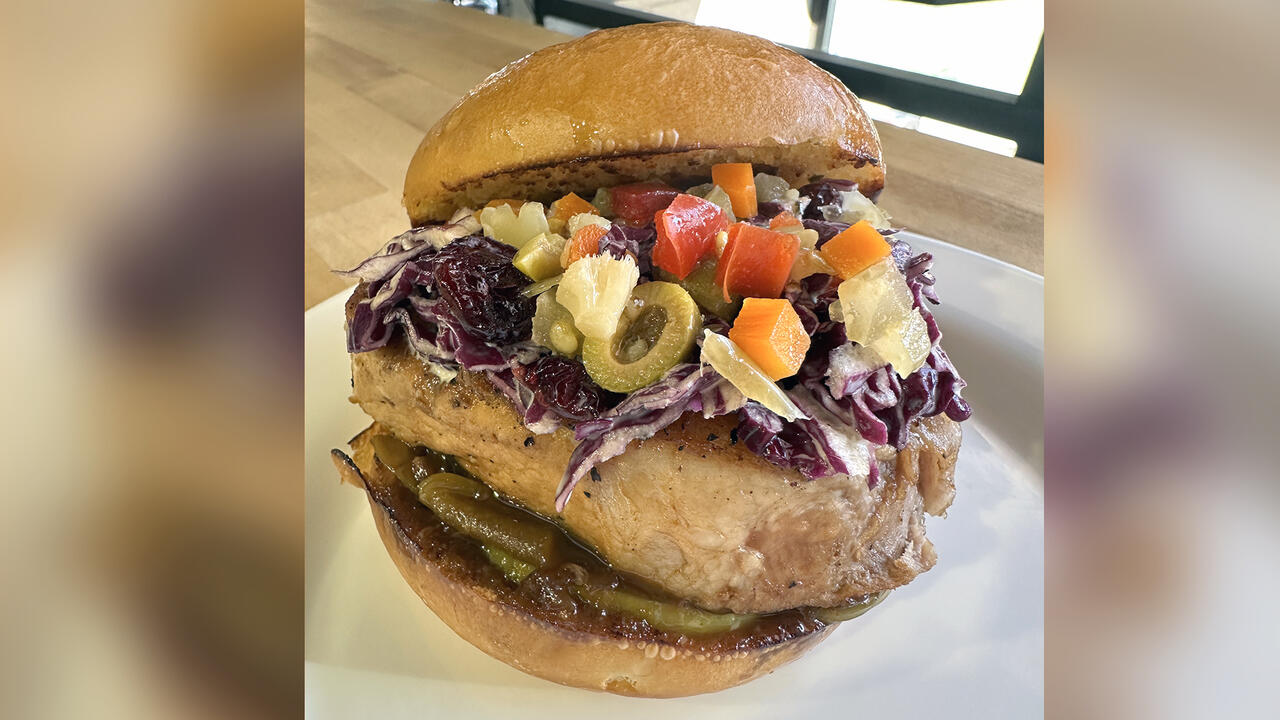
How to Make Apple-Cider Braised Pork Chop Sandwiches with Onion …

Rach's Chef Pals Say Goodbye to Show in Surprise Video Message
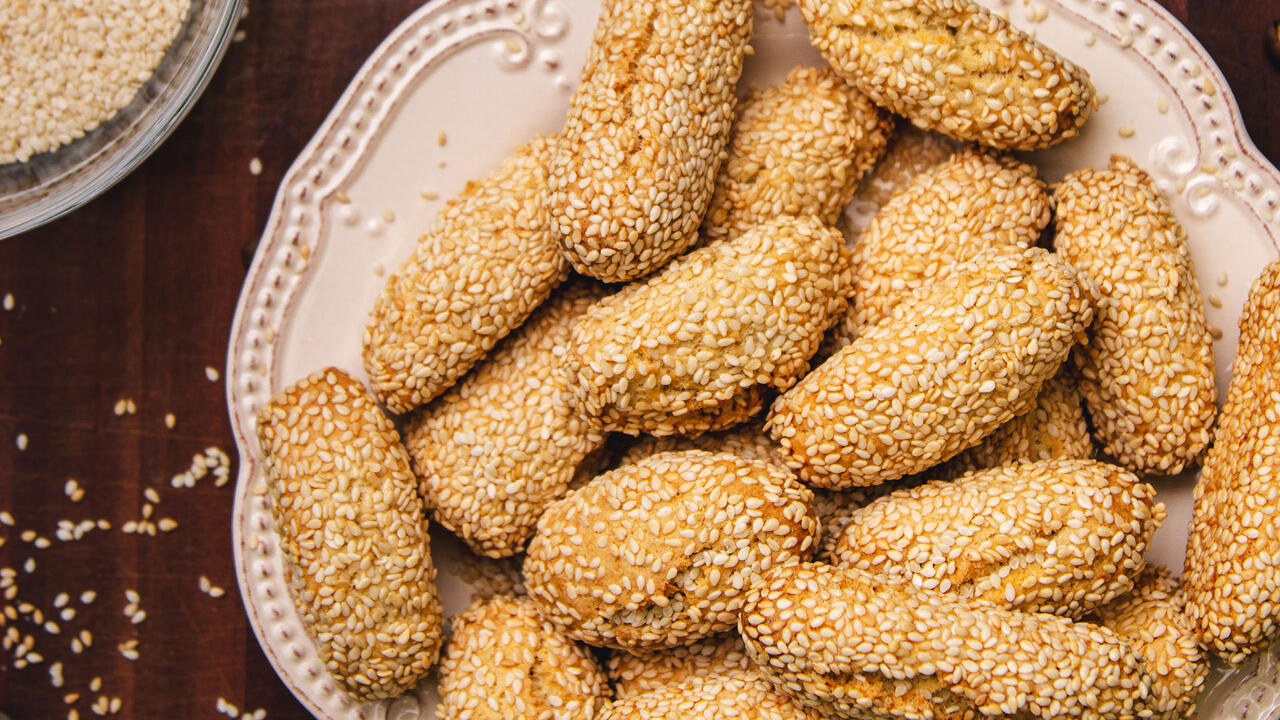
How to Make Sesame Cookies | Buddy Valastro

How to Make Tortilla with Potatoes, Piquillo Peppers and Mancheg…

How to Make Shrimp Burgers | Jacques Pepin

How to Make Spanakopipasta | Rachael Ray

Andrew McCarthy Chokes Up Discussing Emotional Trip to Spain wit…

Celebrity Guests Send Farewell Messages After 17 Seasons of the …

Celebrity Guests Send Farewell Messages After 17 Seasons of the …
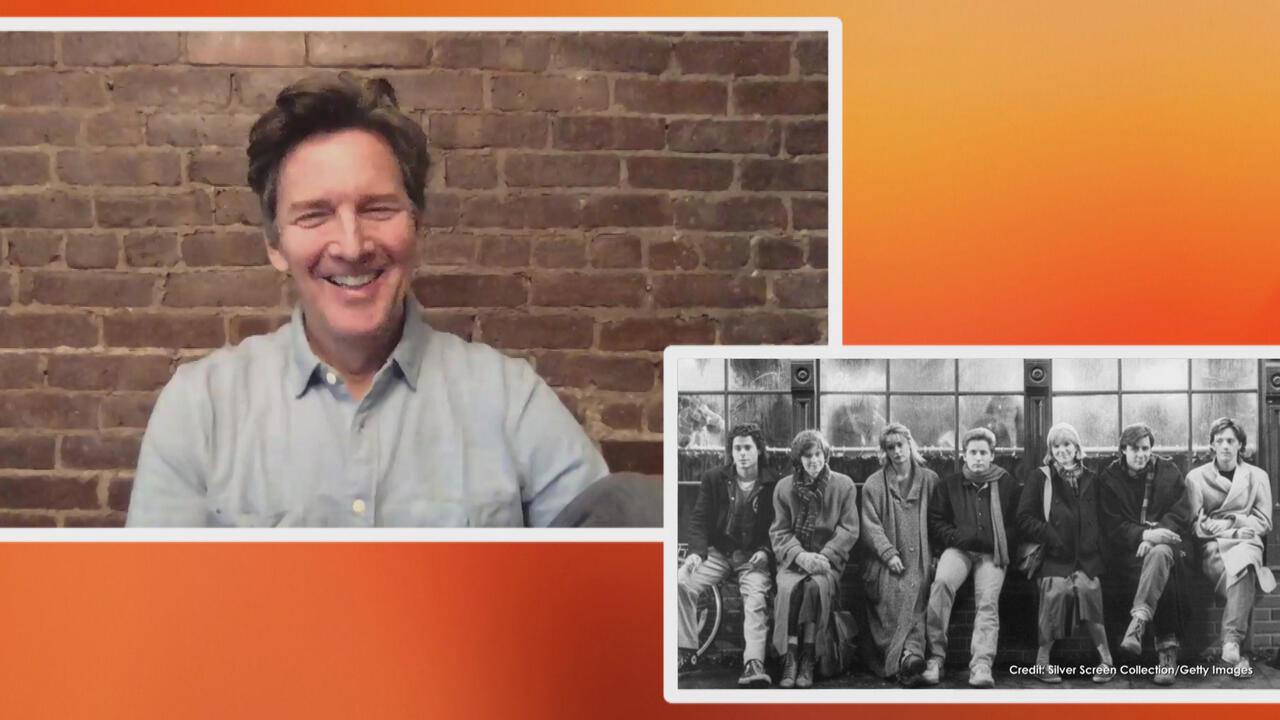
Andrew McCarthy Teases Upcoming "Brat Pack" Reunion Special
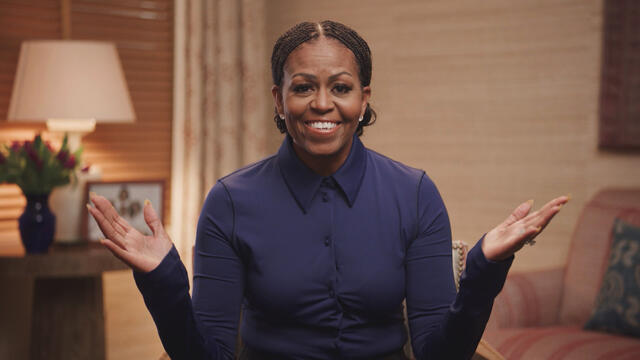
Michelle Obama Toasts Rach's 17 Years on the Air With a Heartfel…
Many people equate fitness with the number on the scale, but Dr. Ian Smith and Instagram fitness blogger Kelsey Wells joined us in the studio to share how weight can be misleading when it comes to measuring your overall health.
Kelsey’s Story
Like many new moms, after giving birth, Kelsey set a fitness goal for herself, arbitrarily selecting an ideal weight of 122 lbs. She was surprised that after working out regularly, she actually gained weight, going up to 140 pounds. However, her body fat percentage had gone down, so she was in better physical shape.
“According to my old self and flawed standards [of measuring progress only by weight], I was failing miserably. Thank goodness I finally learned to start measuring my progress by things that matter -- strength, ability, endurance, health, and happiness,” she says.
Why Does Body Fat Percentage Matter?
Dr. Ian Smith explains that body fat is actually a tissue our bodies really need. We need a minimal amount of fat to keep our central nervous system and organs (including our brains) functioning properly. This fat is called essential fat, because it’s absolutely necessary to our health.
“If we put a physically active woman with 25 percent body fat next to an inactive woman who has 45 percent body fat, we will visually see differences, even though they weigh the same,” explains Dr. Ian. “If we only use a scale to determine vitality, the scale will tell us they are equal in health status. However, body fat percentage readings will paint a different picture.”
How to Measure Your Body Fat Percentage At Home
How to Measure Your Body Fat Percentage at Home

How to Measure Your Body Fat Percentage at Home

Q&A with Organizational Pro Peter Walsh + Dermatologist Shares A…

Actor Hank Azaria + Freezer Meals + Artichokes 2 Ways with Rach

See Inside Barbara Corcoran's Stunning NY Apartment + It's Steak…

How to Make Chicken and Lobster Piccata | Richard Blais

Donnie Wahlberg Spills Details About NKOTB's First Ever Conventi…

Donnie Wahlberg + Jenny McCarthy Say Rach Is Such a "Joy" + Look…

The Best Moments From 17 Seasons of the Show Will Make You Laugh…

How to Make Crabby Carbonara | Rachael Ray

Rach Chats "Firsts" In Flashback From Our First Episode Ever In …

How to Make Apple-Cider Braised Pork Chop Sandwiches with Onion …

Rach's Chef Pals Say Goodbye to Show in Surprise Video Message

How to Make Sesame Cookies | Buddy Valastro

How to Make Tortilla with Potatoes, Piquillo Peppers and Mancheg…

How to Make Shrimp Burgers | Jacques Pepin

How to Make Spanakopipasta | Rachael Ray

Andrew McCarthy Chokes Up Discussing Emotional Trip to Spain wit…

Celebrity Guests Send Farewell Messages After 17 Seasons of the …

Celebrity Guests Send Farewell Messages After 17 Seasons of the …

Andrew McCarthy Teases Upcoming "Brat Pack" Reunion Special

Michelle Obama Toasts Rach's 17 Years on the Air With a Heartfel…
Watch the video above for a cheap, quick way to measure your body fat at home using a ruler, or just follow these simple steps:
Step 1: Hang your right arm at your side, and have someone find the point halfway between your shoulder and elbow, on the rear (triceps side) of your arm.
Step 2: With his/her thumb and forefinger have him/her pinch a fold of skin and fat away from the muscle.
Step 3: Have him/her measure the thickness of the skin pinched. (Do not rest the ruler against the skin.)
Step 4: Find your body fat percentage by using the chart included in the video.
What is a Healthy Body Fat Percentage?
When it comes to an ideal body fat percentage, Dr. Ian says, “For a woman, between 25 and 31 percent body fat would be considered average, but for a man, the average amount of body fat is between 18 and 24 percent.”
So maybe it’s time to toss out that scale and start using your ruler to measure your fitness!
More:
Insta Inspiration! This Might Be The Key to Weight Loss You've Been Missing
How One Man's Furry Friend Helped Him Shed 140 Pounds
Weight Loss Warrior Learns to 'Dress Skinny'


